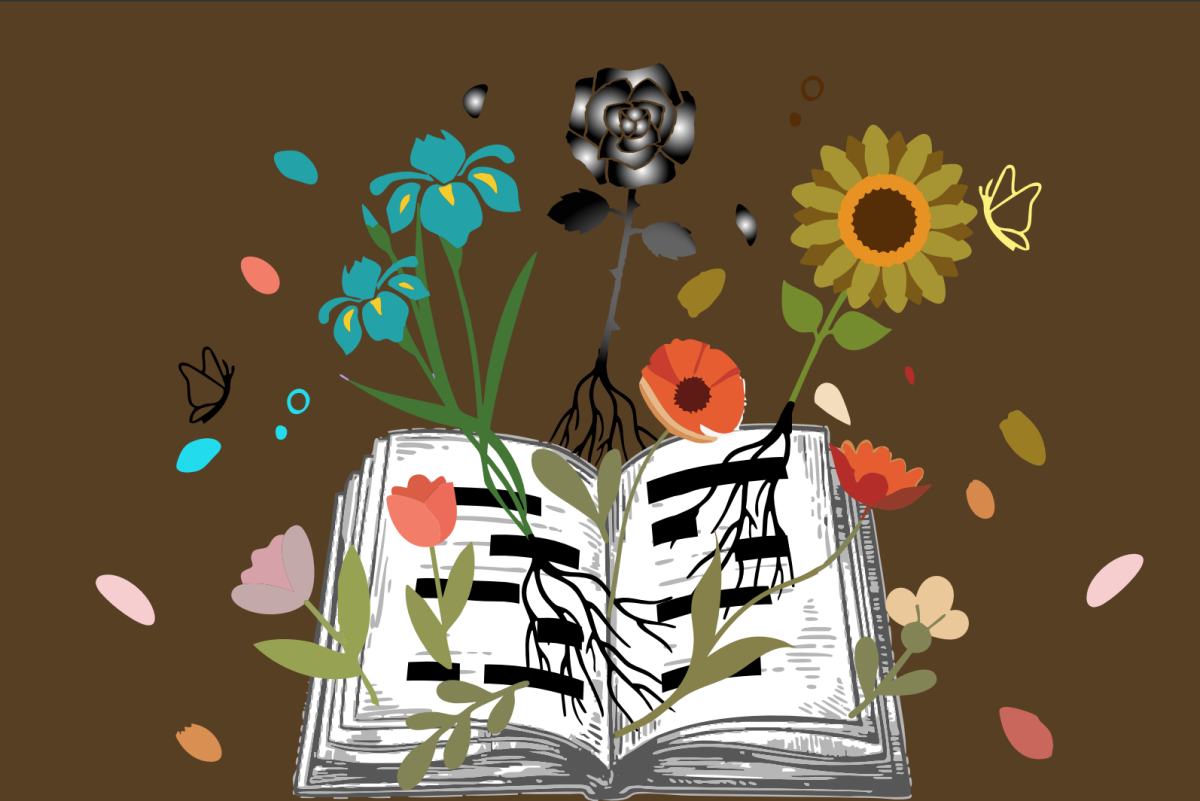Directed by Alex Garland, Civil War follows war journalists Lee (Kirsten Dunst), Joel (Wagner Moura), Sammy (Stephen McKinley) and Jessie (Cailee Spaeny) as they travel towards the frontlines of Washington D.C. during a new, contemporary American civil war.
I think that film criticism should center on two questions before any others. First, does the film successfully display its intent, as defined previously by its director and/or writer(s), or can the intent be gleaned through watching the film? Second, does the film’s message have artistic value? After those two questions are settled it becomes worth discussing lighting, cinematography or the finer points of its writing.
Civil War fails both questions: it is a blight on political fiction.
In an interview with A24, Garland attempted to make his movie out to be a vision of the current political landscape and demonstrate its fractured, polarized nature. “The modern state of civil war is a fractured collapse across the board…we are facing a disintegration risk,” Garland said.
Regarding this intent, the film demonstrates a pretty clear-cut conflict instead of disintegration. There are discrete geographic lines between the factions, the states divide themselves by their current state borders, and the conflict has central and forward operating bases with small-scale insurgent gunfire around the main point.
Due to the film focusing on journalists, we don’t see disintegration. There are no interstitial pockets of minorities in borders that they object to, or internecine conflict between non-soldiers far from the main body of violence. We see an advancing frontline, followed by journalists, with a climactic set piece conflict in the capital a la the Battle of Berlin in World War II.
It looks less like an American civil war caused by polarization and more like two bordering nations with a similar culture at war.
But, that wasn’t Garland’s only intent. In an interview with Variety, Garland also said he wanted to center journalists and their value.
“I have a belief in the importance and necessity of journalism…Journalism has been really under attack…that’s problematic,” he said.
So, we can also judge the film on the question: does it put a positive spin on war journalism?
Absolutely not.
The journalists in the film are constantly depicted as thrill seekers. Joel “gets hard” seeing distant gunfire at night. The characters jump between, for fun, cars en route and in-between active conflict zones. The impetus for the film is the characters chasing the fall of D.C. so they can capture the president’s last moments. The journalists are depicted as adrenaline junkies chasing the next high.
This isn’t necessarily a bad thing: you can balance a narrative on the positive power of journalism with a depiction of journalists as human to show their complexity, but the film fails to do so. There’s a throwaway line that Lee followed conflicts abroad before the civil war as a warning to the American people on the cost of war.
Those messages are few and far between, and the distance between them is filled with journalists feeling the shock of war and trying to get the next big story. At best, the film’s most central messages are that war is bad and journalists can be like family. Those aren’t very daring or insightful messages.
If Garland believes that journalism is at a low point in its relationship with much of the American public, he stokes that disagreement. I didn’t get the feeling that the journalists were seeking out conflict for an informational purpose: they were seeking it out for their own gratification. That’s a good way to make journalists look feckless, not trustworthy.
Civil War’s failure to create a compelling message makes evaluating the quality of that message moot. The strongest message is that war is bad, journalists are thrill seekers that look out for each other, and that the fall of D.C. would look like a Call of Duty cutscene. I didn’t glean a message from the movie worth evaluating



